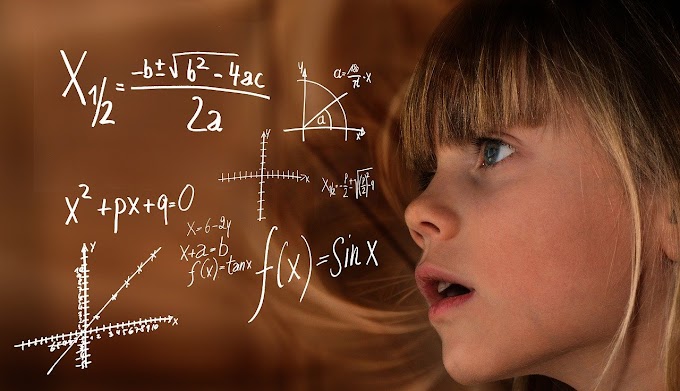Mathematical Functions Lost in Time: Forgotten Tools of the Digital Age
Hello curious minds! Atul here. Today, I want to take you on a reflective journey—a walk down the corridors of mathematics, to remember some functions and techniques that once ruled the world but now sit quietly, almost forgotten, in dusty textbooks.
Mathematics is eternal, but the ways we use it evolve. With the rise of computers, calculators, and advanced algorithms, some once-essential functions have faded into obsolescence. And yet, there’s a certain beauty in their simplicity, a sense of nostalgia that reminds us of how far we’ve come.
1. Logarithmic Tables
Before pocket calculators, log tables were our lifeline. Multiplying and dividing large numbers? You didn’t crunch them manually—you relied on the logarithm.
· Engineers, scientists, and students spent hours memorizing and consulting log tables.
· Each table was a bridge between numbers and computation, a symbol of human patience and precision.
Today, computers do it all in microseconds. Yet, imagine the skill and dedication required to work without instant digital help.
2. Slide Rules
The slide rule was the engineer’s wand. With its clever scales, it allowed multiplication, division, roots, exponentials, and even trigonometry.
· Astronauts used slide rules to calculate orbits for the Apollo missions.
· Architects and engineers relied on them to design bridges, buildings, and machines.
The slide rule didn’t just compute—it taught intuition about numbers. Modern calculators and software have replaced it, but they cannot recreate the tactile connection and mental discipline it demanded.
3. Fourier Series by Hand
Fourier analysis revolutionized physics and engineering, but before MATLAB and Python, calculating Fourier coefficients was a painstaking, manual process.
· Each sine and cosine term required patience, precision, and persistence.
· Mistakes were costly; corrections meant redoing pages of calculations.
Now, symbolic computation does it instantly. Yet, performing it by hand once made you a craftsman of waves and vibrations—a mathematician connected deeply to the patterns of nature.
4. Hand-Interpolated Functions
From cubic splines to polynomial interpolation, engineers and scientists often had to estimate values between tabulated points manually.
· Bridges, aircraft, and machinery depended on accurate interpolation done by hand.
· Each calculation carried responsibility; an error could compromise safety.
Today, interpolation is instantaneous via software. But those who mastered it manually carried an artistic sense of numbers, a careful dance between precision and approximation.
5. Numerical Integration by Quadrature
Techniques like Simpson’s Rule, Trapezoidal Rule, and Gaussian Quadrature were once staples of numerical computation.
· Integrals too complex for analytical solutions were approximated carefully, often over long nights of calculation.
· Each problem sharpened reasoning, patience, and resilience.
Now, computers compute integrals in milliseconds, but the emotional connection to the process—the thrill of getting a precise result by your own hand—is largely lost.
 |
| Mathematical Functions Lost in Time: Forgotten Tools of the Digital Age |
Why We Should Remember Them
Even though these functions and methods are “obsolete” in practical use, they taught generations of mathematicians and engineers discipline, intuition, and creativity. They remind us that:
· Every tool we use today stands on the shoulders of patient calculation and ingenuity.
· Obsolescence doesn’t mean useless—it means evolution.
· There’s a quiet poetry in manual computation, logic, and perseverance that modern software cannot replicate.
Synopsis
The world moves fast, technology accelerates, and computers solve in seconds what took hours or days. Yet, the forgotten mathematical functions of the past are more than relics—they are testaments to human ingenuity, dedication, and emotional connection to numbers.
So, next time you click a button in MATLAB, Python, or Excel, take a moment to remember the mathematicians, engineers, and students who tamed numbers with nothing but paper, pencil, and persistence. They built the foundation for our digital world, and their spirit still whispers through every calculation we make today.




0 Comments